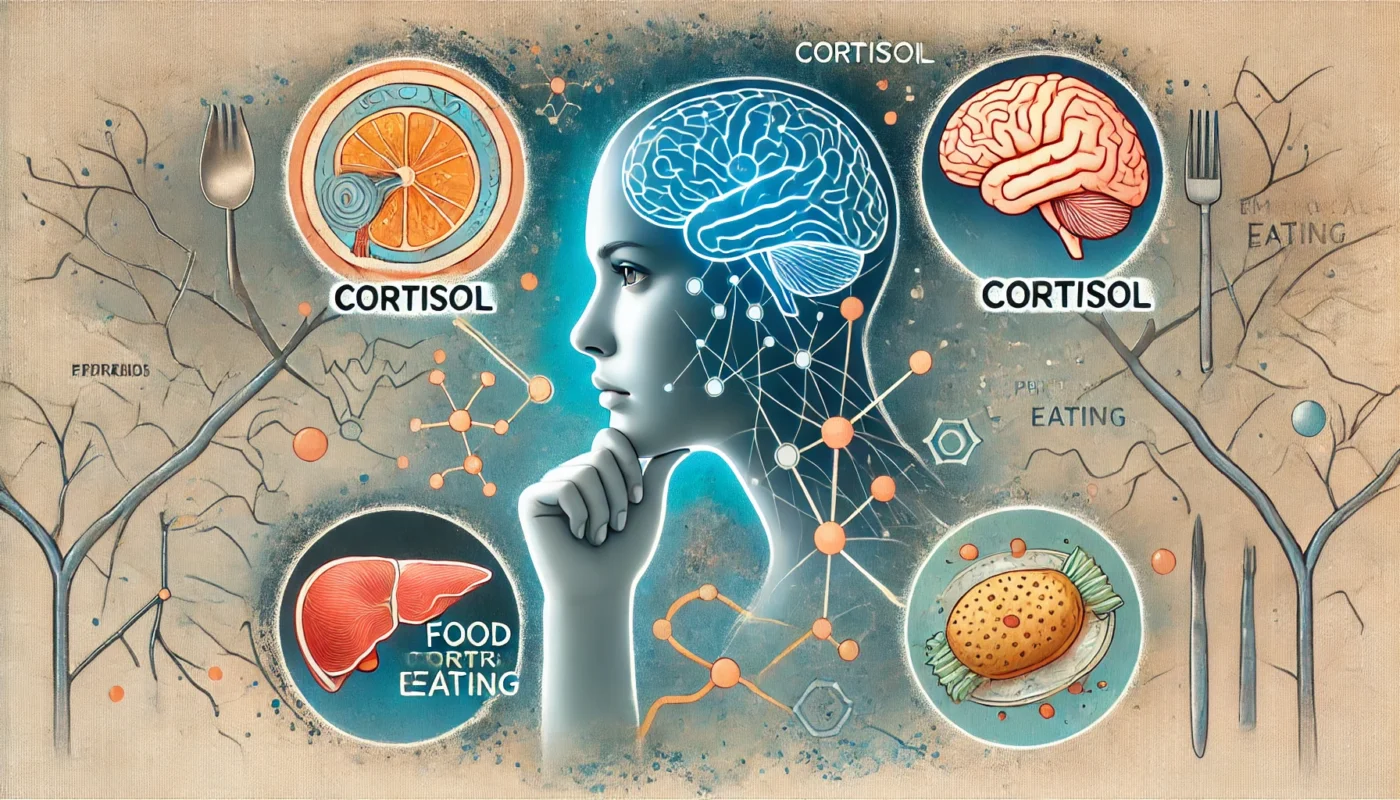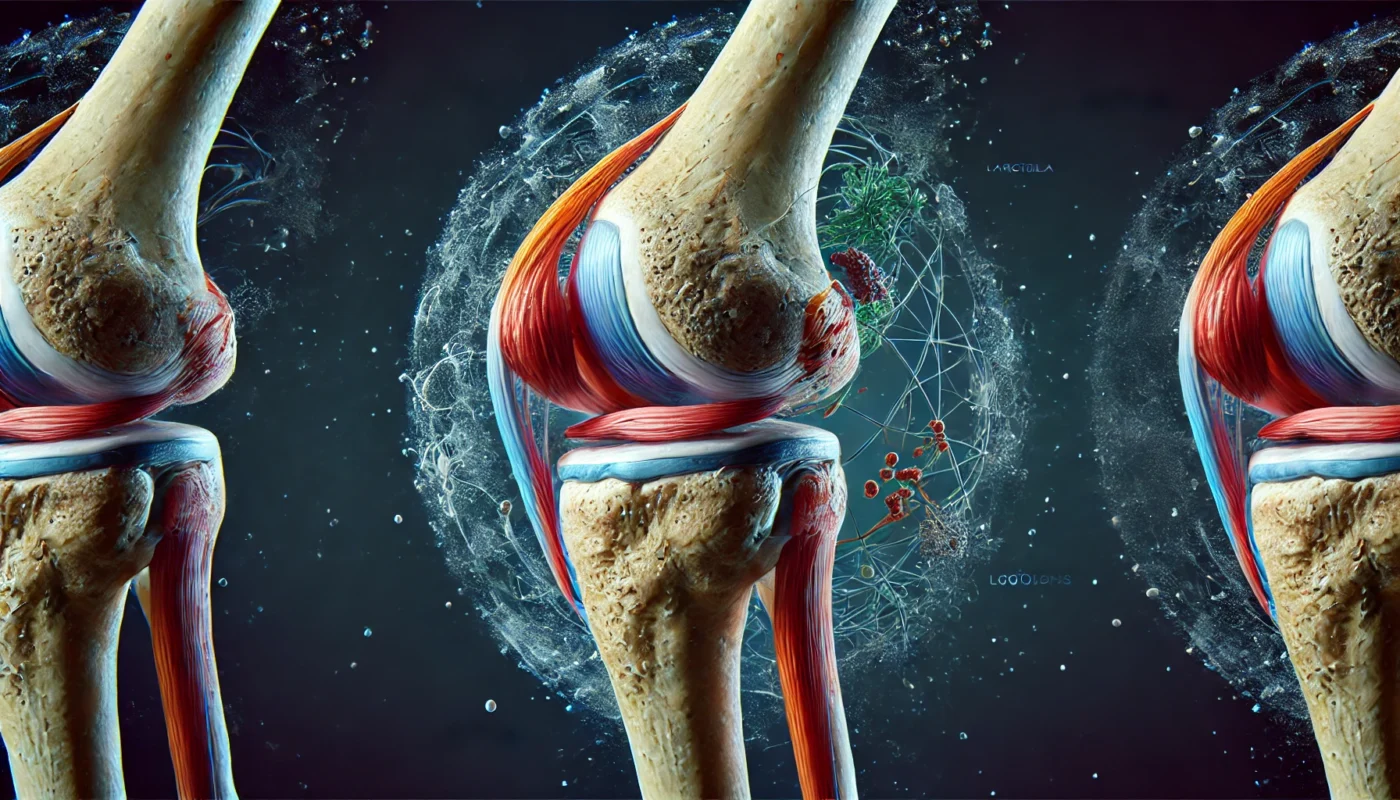Arthritis, a condition characterized by inflammation and stiffness of the joints, can significantly affect one’s quality of life. The persistent pain and discomfort can make daily activities challenging. While conventional medicine offers various treatments, many individuals seek alternative approaches to manage their symptoms. This article delves into natural solutions and home remedies that can be integrated into your routine to alleviate arthritis pain and improve joint health.
Tag Archives: weight management
Arthritis is not a single disease but rather a term that encompasses over 100 different conditions affecting the joints. Osteoarthritis and rheumatoid arthritis are the most common types, each with distinct causes and treatment approaches. Regardless of the type, arthritis often results in joint pain, stiffness, and swelling, leading to decreased mobility and impacting daily activities.
The Mediterranean diet is inspired by the traditional eating patterns of countries bordering the Mediterranean Sea, such as Greece, Italy, and Spain. It emphasizes whole, minimally processed foods, including plenty of fruits, vegetables, whole grains, nuts, seeds, and healthy fats—particularly olive oil. Moderate consumption of fish and seafood, dairy, poultry, and red wine is also encouraged, while red meat and sugar-laden foods are limited.
Menopause is characterized by a significant decline in estrogen levels, which plays a crucial role in regulating body weight. This hormonal shift can lead to increased fat storage, particularly around the abdomen. The reduction in estrogen can also affect the body’s ability to utilize insulin effectively, potentially leading to insulin resistance and further weight gain. Understanding these hormonal changes is essential for managing weight during menopause.
In the intricate dance of hormones that regulate bodily functions, estrogen plays a pivotal role, particularly in appetite regulation. For those immersed in the world of fitness, health enthusiasts, or individuals managing medical conditions, understanding the interplay between estrogen and appetite can offer valuable insights into managing hunger and achieving health goals. This expanded exploration delves deeper into the mechanisms and practical applications surrounding this vital hormone.
Inositol, often referred to as a member of the vitamin B complex, is a carbohydrate that occurs naturally in the human body and in various foods. Although it’s not technically a vitamin, due to the body’s ability to synthesize it, inositol plays a crucial role in a myriad of bodily functions, particularly in cell signaling and as a structural basis for secondary messengers.
In the realm of holistic health and wellness, understanding the nuances of hormone types can be pivotal. Hormone Type 6, in particular, is a subject of growing interest among health enthusiasts, fitness aficionados, and medical patients alike. With its unique characteristics and implications for diet and exercise, Hormone Type 6 presents an intriguing area of study and application. This article delves into the complexities of Hormone Type 6, offering insights into its nature, associated dietary and exercise plans, and its role in hormone therapy.
The knee joint is a synovial joint, which means it’s surrounded by a capsule that produces synovial fluid. This fluid is essential for reducing friction between cartilage surfaces during movement. Think of it as the engine oil of your joints, providing the necessary lubrication for smooth operation.
Osteoarthritis occurs when the protective cartilage that cushions the ends of your bones wears down over time. The condition can affect any joint but commonly impacts the knees, hips, hands, and spine. While age, genetics, and joint injury are significant risk factors, diet also plays a crucial role in managing osteoarthritis.
Arthritis is a common health concern that affects millions worldwide. It’s a leading cause of disability, causing pain and stiffness in the joints.
But did you know that your diet can play a significant role in managing arthritis symptoms? Certain foods can trigger inflammation, a key factor in arthritis pain and progression.
In this comprehensive guide, we’ll delve into the five worst foods for arthritis. These are foods that can exacerbate your symptoms and make your condition worse.
We’ll explain why these foods are harmful and how they affect your body. We’ll also provide practical dietary advice to help you manage your arthritis more effectively.
But it’s not all about what you shouldn’t eat. We’ll also discuss foods that can help alleviate joint pain and stiffness. These are foods that can support your overall joint health and improve your wellbeing.
Whether you’re a fitness enthusiast, a health enthusiast, or a medical patient dealing with arthritis, this guide is for you. It’s designed to help you understand the scientific research behind diet and arthritis, and how to apply this knowledge in a practical way.
So, let’s get started. Let’s empower you to manage your arthritis through informed dietary choices.










